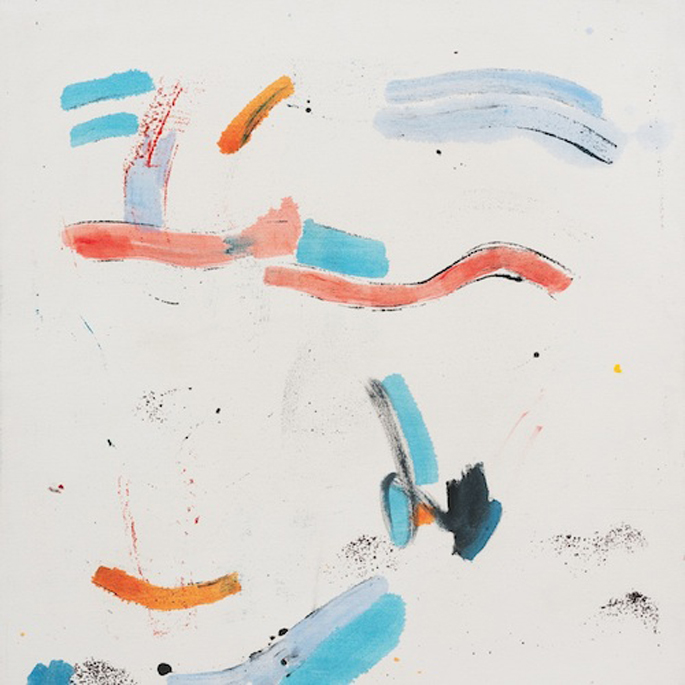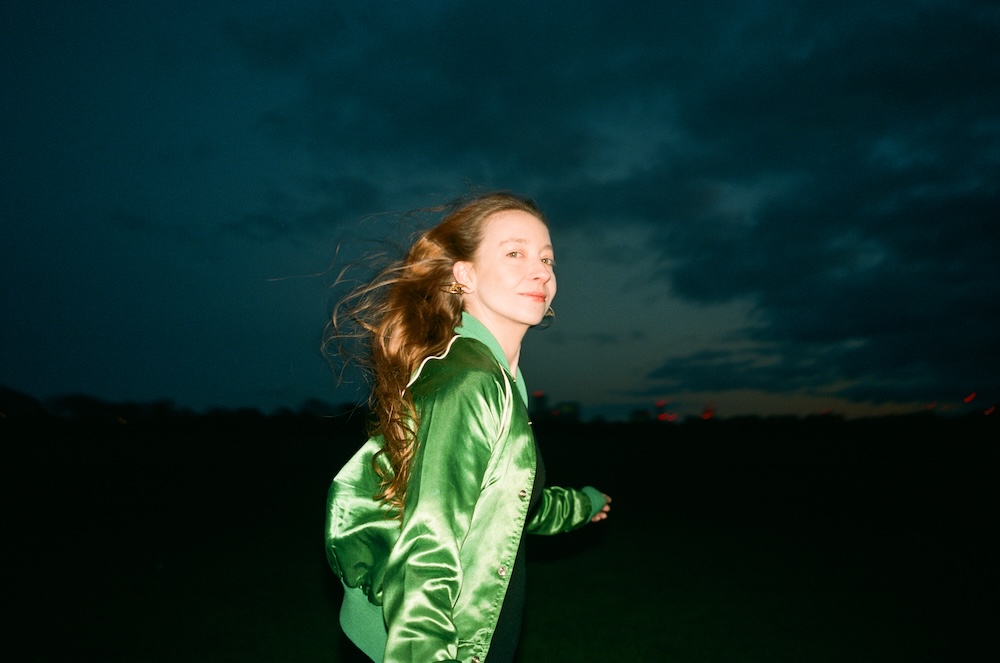Jefre Cantu Ledesma – A Year With 13 Moons

After prolific involvement in a litany of projects, both as soloist and in collaboration, and a decade at the helm of experimental label, Root Strata, Jefre Cantu Ledesma must feel creatively liberated. On the basis of the work that’s so far been brought to fruition, there’s every indication that Ledesma exists well within his own space, one which includes folkloric space rock (The Alps), sombrely rapt choral torch songs (Raum) or in the case of his solo work; a wondrous ebb and flow between abrasiveness and grace, convulsive noise and beaming ambience. Whilst it may have been more of a challenge, in the more recent past, to categorically single out his solo work as distinctive enough to surpass that of his peers – you might say that Tim Hecker and Steve Hauschildt share an affinity, in terms of a sound which foregrounds affect at least – with A Year With 13 Moons, Ledesma’s independent material now seems to possess more singularity than it ever has. Although this has been evident on previous releases, the sound Ledesma has previously begun to sculpt on Songs of Forgiveness & Songs of Remembrance has now been firmly consolidated into a memorable and moving constellation, one which treads cohesively through tranquil vignettes and sweeping mini-epics, bringing together something both warmly emotive and overwhelming.
It’s an even more encouraging achievement, considering the process Ledesma adopted during its creation. Contrary to the traditional work ethic of holing yourself up in a pokey studio or musty bedroom, hunched over a mixing desk or laptop, Ledesma took part in an artistic residency in the San Franciscan Headlands, gathering sounds from both musical and non-musical sources. Electric guitar, modular synthesizer, and drum machine were used alongside sounds recorded at a variety of locations during his time there.
The methods enacted by Ledesma might go some way to explaining the record’s fullness. There are a multitude of ambient essences and lashing signals littered between the slow glacial ache that sways at its centre. Yet despite the prominence of such sentimental pang, the fact that its realistically framed, within something grounded and mutable, prone to disruptive and distorting flurries, makes any prospect of saccharinity slim. The arrangements feel too naturally chaotic for that.
The fact that the copious recordings Ledesma collected were arranged after he had left the Headlands during a period of traveling makes sense. There’s an ample weight of longing defining their mood, an evocative quality as if these sounds function as small, fragmentary remembrances. The interferences which deteriorate their lucidity only adds to their power, as if mimicking the gradual erosion of memory. All of this comes through in abundance in the opening, with ‘The Last Time I Saw Your Face’ and ‘Love After Love’ both sharing a similarly porous filter through which stream gnarled, flaring rays of noise and elated ambience. The pattern of harsh concrète and squalling electronics entwined with such effulgence continues as the album meanders through a series of interludes which are brief, differing but smoothly linked. Then ‘The Twins/Shadows’ and ‘Agate Beach’ break this cycle with a more extended fix of emotive whitewash, a cascade of slightly damaged, blissful frequency that almost approaches the Cocteau Twins, albeit if their sound was slowed to an even greater lag.
Bringing up such a comparison, although reductive, feels accurate not just for this particular juncture, but also in a more general sense. As with 2010’s ‘Love is a Stream’, the execution of noise as something intensely beautiful – as often realised in shoegaze – is a fundamental characteristic throughout.
Yet despite how pervasive that kind of engineering is, Ledesma still departs from this stylistic framework. Rather than broad-stroke concealment there’s a willingness to burst out of something veiled and amplify a wider range of sounds, rooted in a fierce manipulation of electronics and a highly graphic atmospheric foundation, provided by the seamless incorporation of field recordings. ‘Early Autumn’ and ‘Görlitzer Park’ possess such qualities, breaking into harsh spews which sound like the emittances of a broken foundry in a high wind. Between them lies a more maudlin waning in the form of ‘A Portrait of You At Nico’s Grave, Grunewald, Berlin (for Bill K.)’ (a dedication to Bill Kouligas) and ‘Remembering’, the first explicit designations confirming that this is a record which deals in looking back and reflecting; making a romantic but realistic document out of the constant onrush of moments, moods and places. ‘Along the Isar’ and ‘At The End of Spring’ display a similar melancholy, before ‘Remains’ concludes with more environmental verisimilitude and unyielding turbulence. It’s a thrilling finish, which as with the rest of the record, conveys how personal and heartfelt this material is, whilst also communicating a vivid terrain.

And that feels key as to why this is such a special record. It’s stirring, not solely on account of its contemplative tenderness, but also for the soundscapes which compliment them. These backdrops function not only as an authentic surrounding scenery but as something which the more deliberate, emotive elements compete with. It all feels like a complete, organic document of a certain time in an inspiring environment, with emotions running high; a genuine sonic distillation of place and memory.


















Must Reads
David Holmes – Humanity As An Act Of Resistance in three chapters
As a nation, the Irish have always had a profound relationship with the people of Palestine
Rotterdam – A City which Bounces Back
The Dutch city is in a state of constant revival
Going Remote.
Home swapping as a lifestyle choice
Trending track
Vels d’Èter
Glass Isle
Shop NowDreaming
Timothy Clerkin
Shop Now